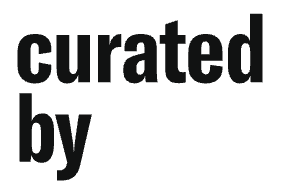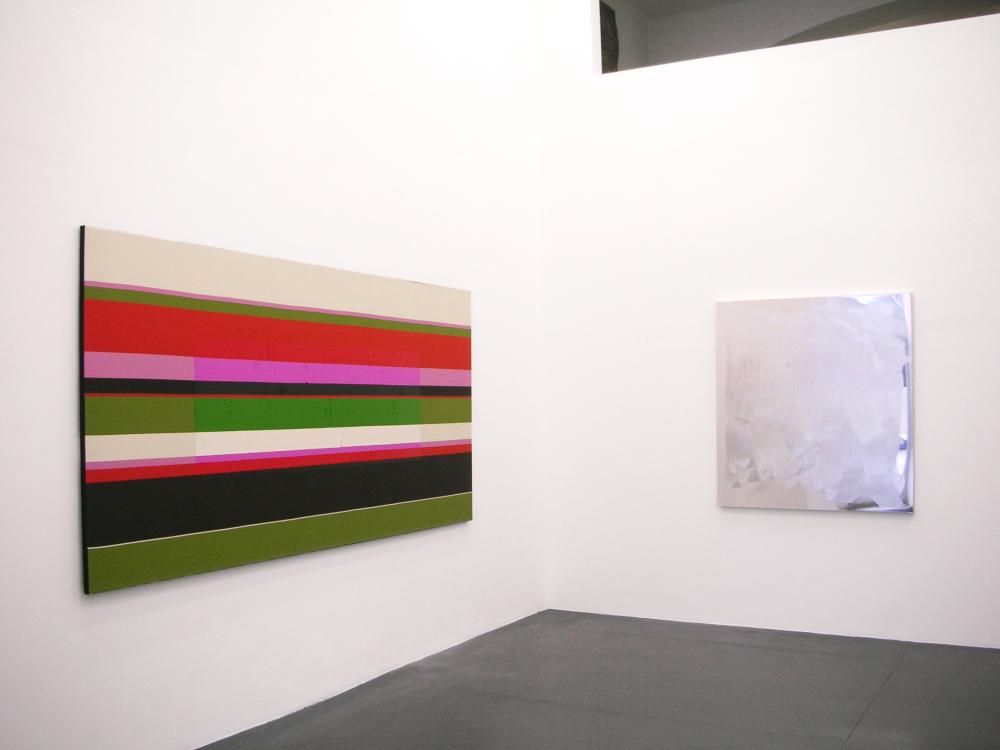silvia steinek galerie curated by Caroline Smulders
„Painting according to Lavier“
11.10 - 14.11.2013
Press release 

silvia steinek galerie, Eschenbachgasse 4, 1010 Vienna
www.galerie.steinek.at
www.galerie.steinek.at
Curator(s):
Caroline Smulders
More 

Caroline Smulders studied art history at the École du Louvre in Paris and worked for Galerie Magazine, La Tribune de Genève, and Art Press as an art critic. For many years, she was director of the Paris galleries Templon and Thaddaeus Ropac, before she was entrusted with the development of the contemporary art department of Christie’s Paris. Presently, she works as a free curator in the international context; she prepared the Robert Longo retrospective at the MAMAC in Nice and the Centro Culturel de Belém in Lisbon in 2009, for example. In 2011, Caroline Smulders initiated the new design of the windows of the Rheims Cathedral by the artist Imi Knoebel together with the French Ministry for Cultural Affairs. Other highlights were the major group show Pearls of North in the Palais dʼIéna curated by her and the show Unlimited Bodies in 2012.
Artist(s):
- Bertrand Lavier
Exhibition text
More
Curated by_Vienna 2013
Why Painting Now ?
PAINTING ACCORDING TO LAVIER
curated by Caroline Smulders
10.10.-14.11.2013
When Sylvia Steinek invited me to reflect on the question at the heart of the exhibition Why Painting Now?, Bertrand Lavier immediately came to mind. His work answers the challenge of painting today, addressing it in the most complex, original, inventive, and unexpected ways.
I would like to thank him for having accepted the invitation to participate in Why Painting Now ? And also for the real pleasure derived from exploring his work in a detailed and concentrated way.
Using large paintbrush strokes and respecting the colors of the original object, Bertran Lavier has been painting all sorts of “things” over the last thirty years. Objects of widely varying dimensions –radio, drill, fan, alarm clock, refrigerator, cupboard, automobile fender, mirror, ping-pong table, and even a sailboat (Argo, the largest object he has ever painted)— are captured by Lavier
and expressed through artistic painting. From the most banal to the most precious, in this painting process the original objects lose their initial function: Lavier doesn’t hesitate to assume possession of a precious Steinway piano, using it as a motif in his work, covering it with paint and turning it into what can only be described as an object of painting itself.
In my view, the outermost limits to this approach were attained when Lavier even decided to paint directly onto a painting by one of his contemporaries, François Morellet. Appropriating a piece by Morellet and covering it with paint that identically matches the abstraction and conceptual impulse of the original work, thanks to his famous “à la van Gogh” touch, Lavier makes the original canvas invisible, even as he magnifies its scope. He liberates himself from the rule which demands that a work of art speaks for its time, even while paying homage to the artist and finally transforming the object into a kind of painting icon, a figurative representation of the original abstract concept.
Among my favorite works, a series of mirrors which Lavier began in the 1980s, even abandons the pretext of the painterly motif. Lavier is happy to evoke a mirror, itself denied its function by the painter, a constraint imposed by the artist himself, because the mirror can no longer serve as a reflecting glass. Once again, painting is forced to “reflect” on itself.
Thanks to these different, very elaborate, and often contradictory games that Lavier inflicts on his painted creations, he succeeds in going beyond the simple idea of “the concept” and elevates painting to its rank as a universal art, from now on itself encompassing all the other classical techniques of representation: from sculpture to photography and further along the whole gamut of images from still shots to video.
Thanks to Lavier, painting has all the qualities and magic of a musical score in
which the notes might sometimes echo an aria from an opera, sometimes a piece of jazz, a rock rhythm, or electroacoustic sound. It is dizzying to consider, for the work of this painter embraces all the modern movements which have been at its core from the start, but which have also eluded it until now. Yet we are there: this is a Lavier we are looking at right now.


